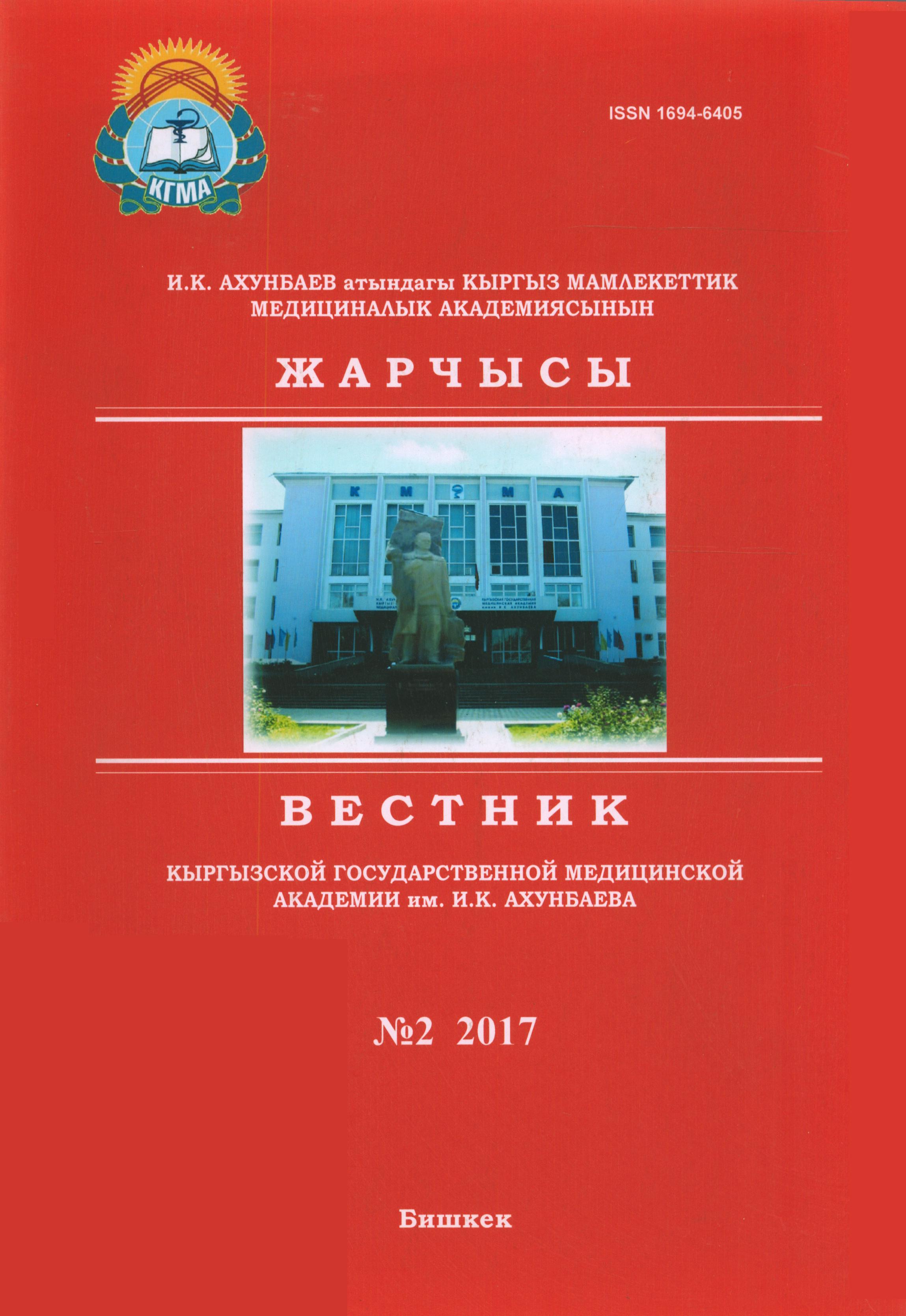DIAGNISTIC AND TREATMENT OF GUILLAIN – BARRE SYNDROME IN THE CONDITIONS OF INTENSIVE CARE DEPARTMENT
Abstract
Resume: This article presents the data of the pathogenetic approach to the treatment of Guillain – Barre syndrome in conditions of intensive care department. The clinical effects of plasmapharesis and immunoglobulin G on the example of clinical observations of patients with this neurological disorders passed through the intensive care unit are given.
Keywords:
Guillain – Barre syndrome, polyradiculoneuropathy, treatment, plasmapharesis, immunoglobulin G.References
1. Пирадов М.А., Супонева Н.А. Синдром Гийена-Барре: диагностика и лечение. М.: МЕДпресс-информ. 2011. 208 с.
2. Mc Grogan A., Madle G.C., Seaman H.E., et al. The epidemiology of Guillain-Barré syndrome worldwide. A systematic literature review. Neiroepidemiology. 2009; 32 (2). С.150 – 163.
3. Burns T.M. Guillain-Barré syndrome. Semin. Neurol. 2008. №28 (2). С. 152-167.
4. Супонева Н.А., Мочалова Е.Г., Гришина Д.А. и др. Особенности течения СГБ в России: анализ 186 случаев. Нервно-мышечные болезни. 2014.С.37 – 46.
5. Супонева Н.А., Пирадов М.А., Гришина Д.А. и др. Эффективность патогенетической терапии при синдроме Гийена-Барре. Эффективная фармакотерапия. 2014. №58.C.12 – 23.
6. Hughes R.A., Cornblath D.R. Guillain-Barré syndrome. Lancet. 2005. №366.C. 1653 – 1666.
7. Levin K.H. Variants and mimics of GuillainBarré syndrome. Neurologist. 2004 №10. C. 61 – 74.
8. Willison H.J. Ganeglioside complexes as targets for antibodies in Miller Fisher syndrome. J. Neurol. Neurosurg. Psychiatry. 2006. №77 (9). C. 1002 – 1003.
9. Супонева Н.А. Клиническая и диагностическая роль аутоантител к гликозидам периферических нервов: обзор литературы и собственные данные. Нервно-мышечные болезни. 2013. №1.C. 26 – 35.
10. Susuki K., Rasband M.N., Tohyama K. et al. Anti-GM1 antibodies cause cjmplement-mediated disruption of sodium channel clusters in peripheral motor nerve fibers. J. Neurosci. 2007. №27 (15).P. 3956 – 3967.
11. Yuki N. Guillain-Barré syndrome and anti-gangli-oside antibodies a clinician-scientist's jorney. Proc. Jpn. Acad. Ser. B Phys. Biol. Sci. 2012. №88 (7)P. 299 – 326.
12. Balogun R.A., Kaplan A., Ward D.M. et al. Clinical application of therapeutic apheresis. J. Clin. Apher-esis. 2010. №25. P. 250 – 264.
13. Szczepiorkowski Z.M., Winters J.L., Bandarenko N. et. al. Guidelines on the Use of Therapeutics Apheresis in Clinical Practice-Evidence-Based Approach from the Apheresis Applications Committee of the American Society for Apheresis. J. Clin. Apheresis. 2010.№25. P. 83 – 177.
14. Donofrio P.D. Immunotherapy of idiopathic inflam-matory neuropathies.Muscle Nerve. 2003. №28 (3). P.273 – 292.
15. Dada M.A., Kaplan A.A. Plasmapheresis treatment in Guillain-Barré syndrome: potential benefit over IVIg in patients with axonal involvement. Ther. Apher. Dial. 2004.№8.P. 409 – 412.



